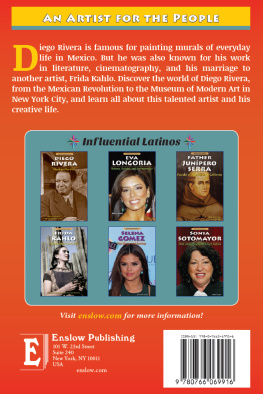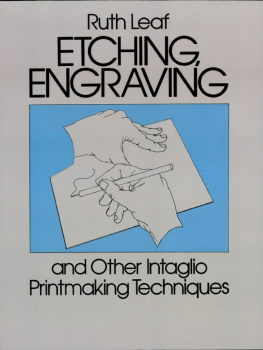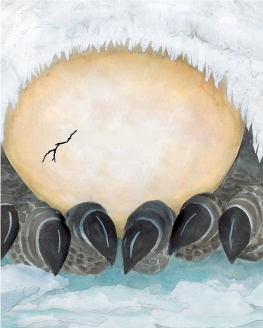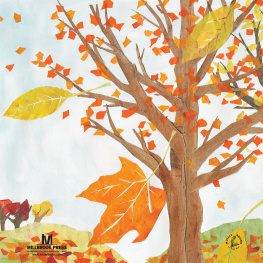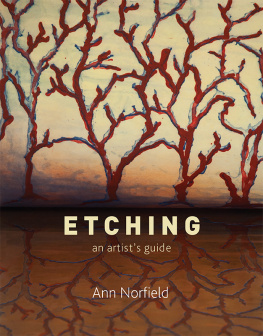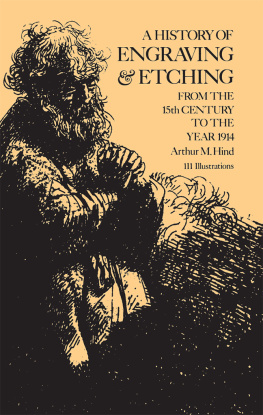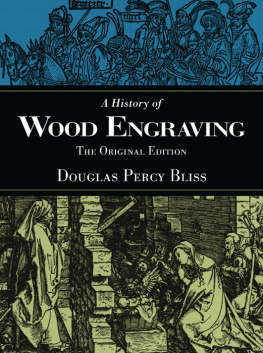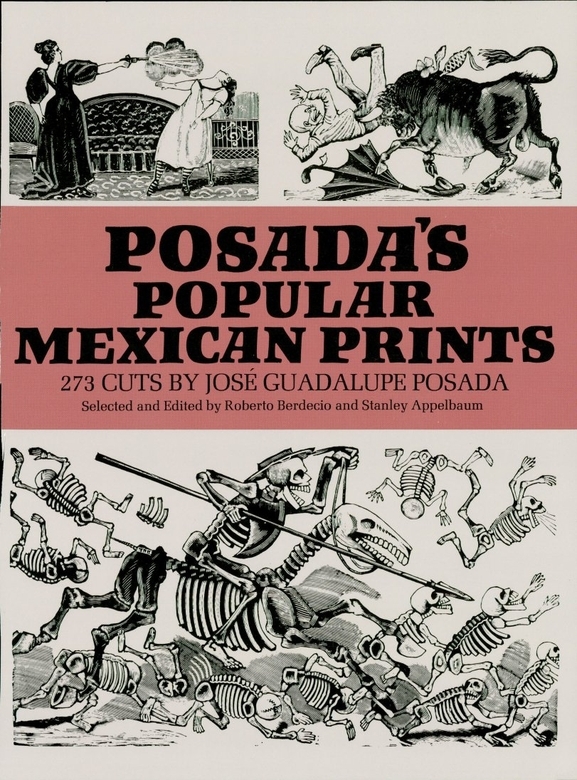José Posada - Posada’s Popular Mexican Prints
Here you can read online José Posada - Posada’s Popular Mexican Prints full text of the book (entire story) in english for free. Download pdf and epub, get meaning, cover and reviews about this ebook. year: 2012, publisher: Dover Publications, genre: Detective and thriller. Description of the work, (preface) as well as reviews are available. Best literature library LitArk.com created for fans of good reading and offers a wide selection of genres:
Romance novel
Science fiction
Adventure
Detective
Science
History
Home and family
Prose
Art
Politics
Computer
Non-fiction
Religion
Business
Children
Humor
Choose a favorite category and find really read worthwhile books. Enjoy immersion in the world of imagination, feel the emotions of the characters or learn something new for yourself, make an fascinating discovery.
- Book:Posada’s Popular Mexican Prints
- Author:
- Publisher:Dover Publications
- Genre:
- Year:2012
- Rating:5 / 5
- Favourites:Add to favourites
- Your mark:
Posada’s Popular Mexican Prints: summary, description and annotation
We offer to read an annotation, description, summary or preface (depends on what the author of the book "Posada’s Popular Mexican Prints" wrote himself). If you haven't found the necessary information about the book — write in the comments, we will try to find it.
Jos Guadalupe Posada (18521913) was Mexicos most illustrious graphic artist. For over forty years he worked tirelessly as an incorruptible and truly popular artist, illustrating cookbooks and fortune-telling books, collections of songs and riddles, periodicals and newspapers, childrens books and novels, and most of all famous broadsides that were distributed throughout the country. After his death he was venerated by the artists of the new generation Rivera, Orozco, and many others, who realized that he had both saved and renewed the art of engraving in Mexico, and incorporated much of Posadas imagery into their own work.
Here are close to 300 of Posadas best engravings, all done for the printer and publisher A. Vanegas Arroyo in Mexico City. Posada worked in two techniques engraving on type metal with a many-pointed burin and, later, relief etching on zinc. The broadsides he illustrated commemorated all sorts of occasions disasters, political events, crimes, and miracles or they glorified great popular heroes like Zapata. Posada was known for his calaveras skeletons that cavorted, ate and drank, rode bicycles and horses, wielded swords and daggers, or were revolutionaries, streetcleaners, dishwashers, and almost everything else. This was traditional art for All Souls Day, the Mexican Day of the Dead, but in Posadas hands it became extremely versatile, sometimes an instrument of social and political satire, sometimes a sympathetic portrait of a revolutionary, sometimes a comic, cartoon-like memento mori. He did engravings of murders, suicides, catastrophes, robberies, and executions, as well as of snake-men, giant snails, and other grotesques and deformation. He pictured the daily pleasures and chagrins of the people from a proletarian point of view, and with overflowing imaginativeness. There is brutality and horror in his art, but there is also humor, political consciousness, and a sprawling, immediate vitality.
This edition includes explanatory notes and commentary, often giving precise topical meaning to what otherwise appears vague or allegorical. It presents all of Posadas various themes, and all of the many forms in which he worked in his maturity. It is hoped that through it he will gain the wider audience, especially in America, that he deserves.
José Posada: author's other books
Who wrote Posada’s Popular Mexican Prints? Find out the surname, the name of the author of the book and a list of all author's works by series.


